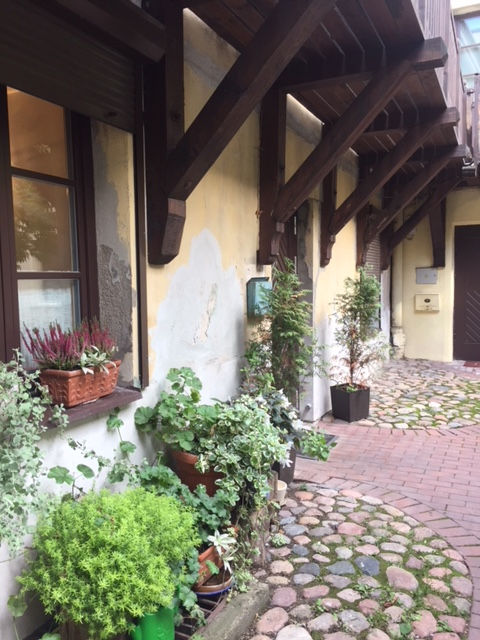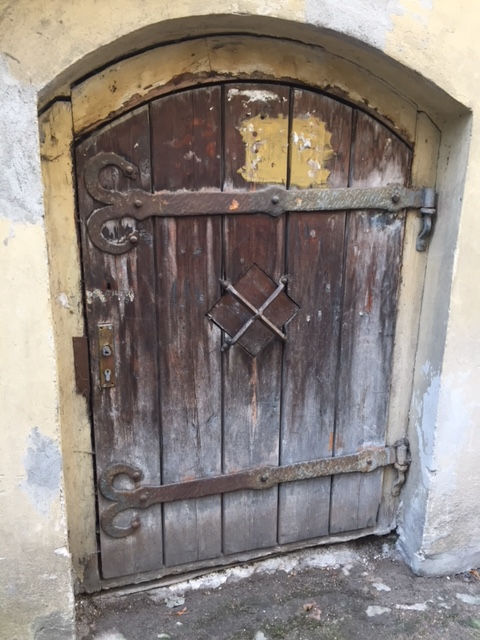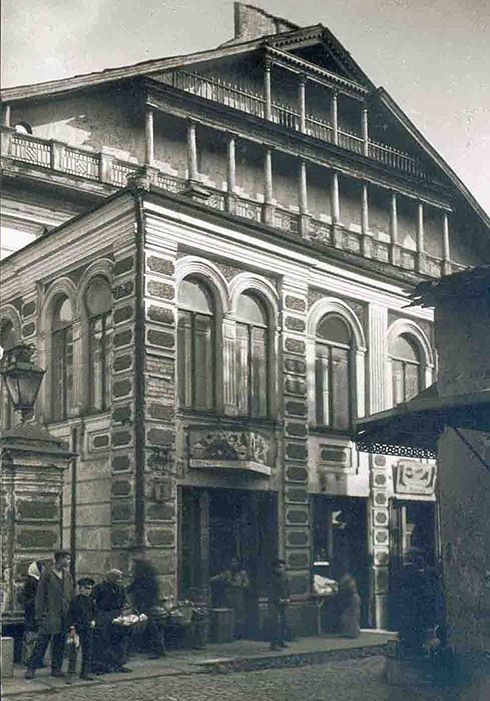Jewish Vilna Before the War
- mcohe7
- Oct 1, 2018
- 1 min read
My mother was born in a small village (shtetl) about two hours from Vilnius. To Jewish people the name of the capital of Lithuania is Vilna and it was a center for Jewish scholarship for many centuries. Before WWII Vilna had a Jewish population of around 100,000 or 45% of the total inhabitants. There were 110 synagogues and 10 Yeshivas (schools of learning). In the 2005 census the entire country counted 2000 Jewish people.
Jews began living in Lithuania as early as the 13th century and by the 14th century they had rights as citizens and so Jews from other parts of Eastern Europe began emigrating there. Unfortunately this acceptance did not last and for the next two hundred years they were subjected to discrimination and pogroms. When Lithuania became part of the Russian Empire things did not improve.
















What a cool story about Vilna. Your trip sounds amazing so far! T